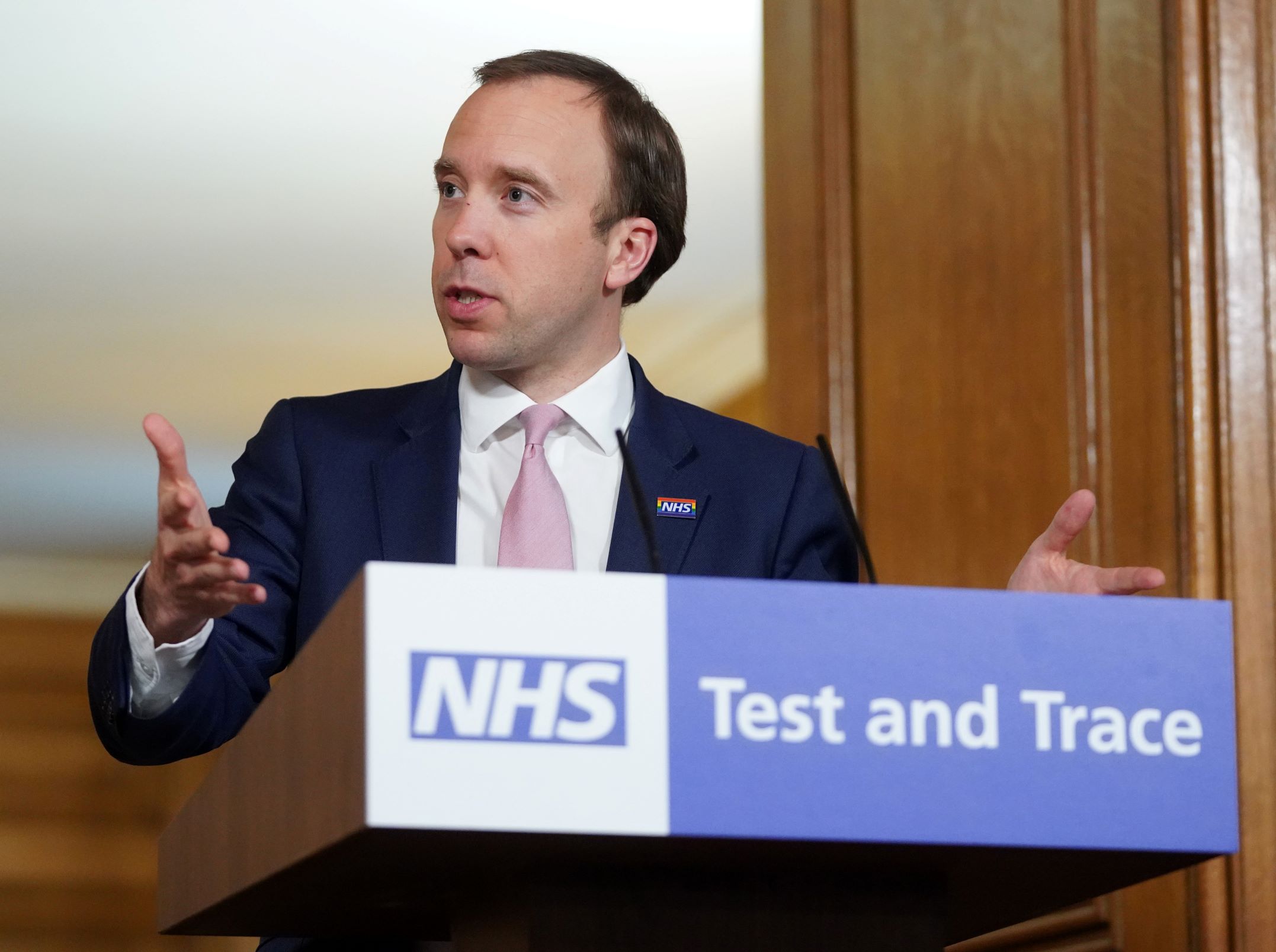In light of the junior doctors’ strike, Philipa Mladovsky, Martin McKee, David Ingleby and Bernd Rechel compare health care spending in the UK to that in other high-income countries. They write that the UK spends the least on health care, while it does not spend much on social care either. Yet they argue that greater public investment is not only possible, but necessary if the NHS is to be funded at a level that is normal for high-income countries.
Health care is rarely far from the UK headlines, especially today, as junior doctors go on strike. The NHS’s failings are often highlighted prominently, its successes much less so. There is a constant stream of warnings that it is running out of money and thus unaffordable. Those who never liked a tax funded system, which provides care regardless of ability to pay, continue to claim that the UK is somehow unique (it isn’t – many other countries have a similar funding system) and that it will, at some time, be necessary to implement some other system, such as extensive patient charges.
Three years ago we published a paper in the BMJ that analysed data from the Commonwealth Fund, a foundation based in New York, to show that, while the NHS was less generously funded than other health systems, sustained investment in the decade to 2009 had brought about substantial improvements. The Commonwealth Fund recently published a new set of data, covering developments up to 2013 in 13 high-income countries (Australia, Canada, Denmark, France, Germany, Japan, Netherlands, New Zealand, Norway, Sweden, Switzerland, the United Kingdom, and the United States). We take this opportunity to follow up on our previous paper and assess how the UK is doing relative to these other countries.
As might be expected, the Commonwealth Fund’s report focuses on the US health system, with its extremely high cost. The contrast with the UK is striking; its health care spending is the lowest of all 13 countries studied. In 2013, total spending on health in the UK was only $3,364 per capita (adjusted for differences in the cost of living). The average was $4,840 per capita but the US far exceeded this, at $9,086.
 Even when we confine the comparison to public sector (rather than total) spending on health care, a similar picture emerges in 2013. The UK government was among those that spent least ($2,802), with only Australia ($2,614) and New Zealand ($2,656) spending less per capita. Even the US, often thought of as a predominantly private health system, spends more public funds per capita on health care than the UK ($4,197).
Even when we confine the comparison to public sector (rather than total) spending on health care, a similar picture emerges in 2013. The UK government was among those that spent least ($2,802), with only Australia ($2,614) and New Zealand ($2,656) spending less per capita. Even the US, often thought of as a predominantly private health system, spends more public funds per capita on health care than the UK ($4,197).
The historical data in the report, on health spending as a proportion of Gross Domestic Product (GDP), are especially interesting. For most of the period between 1980 and 2013, the UK spent a lower proportion of its GDP on health care than any other country. By 2013 its total health spending was just 8.8 per cent of GDP; the next lowest spenders were Australia and Norway at 9.4 per cent, while the US, the highest spender, reached 17.1 per cent. Thus, whatever way one looks at it, the UK spends the least (or nearly the least) on health care compared to other high-income countries.
The UK does not spend much on social care (such as retirement and disability benefits, employment programs, and supportive housing) either, at 15 per cent of GDP in 2013 as compared to 21 per cent in France and 18 per cent in Germany, for example. The strain that this places on the NHS, through delayed discharge, is well recognised. Our social care spending is, however, higher than in the US (9 per cent).
Given that the UK spends the least, it is hardly surprising that we also have fewer medical resources than most of the other high-income countries. The report shows the UK having by far the fewest Magnetic Resonance Imaging (MRI) machines (6.1 per million population, compared to an average of 17.85 across the countries for which data were available) and Computerised Tomography (CT) scanners (7.9 per million population, compared to an average of 33.8). Given strident calls to reduce hospital capacity, it is noteworthy that the UK has one of the lowest numbers of acute care beds (2.3 per 1,000 population compared to an average of 3.2).
The UK’s very low level of public spending on health care and its lack of medical resources compared to other high-income countries make a mockery of the notion that we cannot afford to spend more on the NHS. On the contrary, these data suggest that far greater public investment is not only very possible, but also necessary if the NHS is to be funded at a level considered normal in other high income countries.
___
Please note: this article was originally posted on the LSE Health and Social Care blog.
 Philipa Mladovsky is Assistant Professor in the International Development Department at the LSE and is affiliated to LSE Health and Social Care.
Philipa Mladovsky is Assistant Professor in the International Development Department at the LSE and is affiliated to LSE Health and Social Care.
 Martin McKee is Professor of European Public Health at the London School of Hygiene and Tropical Medicine and the European Observatory on Health Systems and Policies.
Martin McKee is Professor of European Public Health at the London School of Hygiene and Tropical Medicine and the European Observatory on Health Systems and Policies.
 David Ingleby is Emeritus Professor of Intercultural Psychology at Utrecht University and a researcher in the Centre for Social Science and Global Health, University of Amsterdam.
David Ingleby is Emeritus Professor of Intercultural Psychology at Utrecht University and a researcher in the Centre for Social Science and Global Health, University of Amsterdam.
 Bernd Rechel is an Honorary Senior Lecturer on health, health systems and health policies in Europe at the London School of Hygiene and Tropical Medicine and a Technical Officer at the European Observatory on Health Systems and Policies.
Bernd Rechel is an Honorary Senior Lecturer on health, health systems and health policies in Europe at the London School of Hygiene and Tropical Medicine and a Technical Officer at the European Observatory on Health Systems and Policies.
Further information
Ingleby D, McKee M, Mladovsky P, Rechel B (2012) How the NHS measures up to other health systems, British Medical Journal, 344, e1079.
Squires D, Anderson C (2015) U.S. Health Care from a Global Perspective: Spending, Use of Services, Prices, and Health in 13 Countries, The Commonwealth Fund.
Featured image credit: Rohin Francis CC BY





